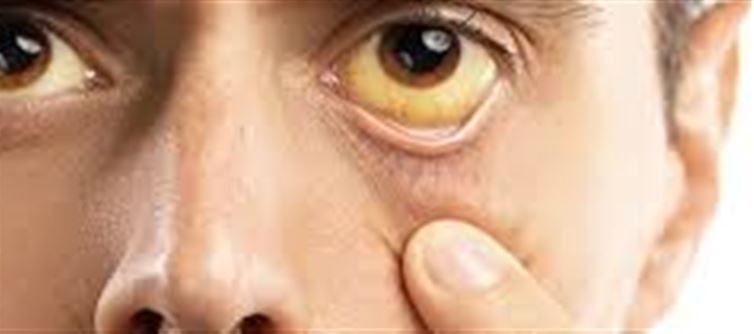
Note: “Black Jaundice” (also called “Kala Piliya/Kala Yarkan” in some regions) is a colloquial term used in South Asia for a severe form of viral hepatitis‑related liver disease, often involving Hepatitis B or Hepatitis C, which can lead to extensive liver damage.
1. What is Black Jaundice?
· Typically refers to severe viral hepatitis B & C infections, causing high bilirubin levels and serious liver damage.
· The term “black” is used because of the serious complexion of the illness—deep yellowing of skin/eyes, dark urine, and risk of chronic liver disease.
· Medically, it falls under the broader category of jaundice—yellowing of skin/sclera due to elevated bilirubin—caused by liver dysfunction, bile duct obstruction or excessive destruction of red blood cells.
2. 9 Clear Signs & Symptoms to Watch
If you suspect severe liver involvement, look out for these symptoms:
1. Yellowing of skin, eyes & nails – classic sign of jaundice.
2. Dark‑coloured urine (tea/cola coloured) – bilirubin excreted via kidneys.
3. Pale or clay‑coloured stools – indicates bile flow obstruction.
4. Fatigue, weakness, and loss of appetite – liver not functioning properly.
5. Fever and joint/muscle pain – often seen in acute viral hepatitis.
6. Itching (pruritus) of skin – bile salts deposit in skin when excretion is impaired.
7. Upper‑right abdominal pain or discomfort – due to liver swelling or inflammation.
8. Bleeding easily or confusion/encephalopathy (in advanced cases) – signs of liver failure or cirrhosis.
9. Weight loss, swelling of legs/abdomen (ascites) – seen in chronic advanced liver disease.
3. What Are the Key Causes?
· Hepatitis B & C viruses: Primary culprits in the term “black jaundice,” especially when untreated and leading to chronic liver issues.
· Viral hepatitis in general: Causes liver inflammation impairing bilirubin metabolism.
· Chronic liver disease or cirrhosis: From alcohol, fatty liver disease, or previous hepatitis infections.
· Bile duct obstruction: Gallstones, tumours blocking bile flow causing bilirubin build‑up.
· Transmission risks: Unsterile needles, blood transfusion, unsafe sex, lack of vaccination (especially HBV).
4. Four Key Prevention Strategies
1. Vaccination for Hepatitis B: Vital preventive step. Avoid reuse of needles or sharing personal items.
2. Safe‑blood practices & sterile medical/surgical equipment: Especially in high‑risk settings.
3. Avoid excessive alcohol, maintain healthy weight: These help prevent fatty liver & reduce progression to cirrhosis.
4. Regular screening if you’re at risk: For those with history of hepatitis, tattooing, injection drug use. Early detection improves outcomes.
5. Bottom Line
Black Jaundice is not just a mild yellowing of skin—it’s a serious indication of advanced liver dysfunction often linked to hepatitis B or C. Prompt medical attention, preventive vaccination, and lifestyle vigilance are crucial. Ignoring early signs may lead to lifelong liver damage, cancer, or failure.
⚠️ Disclaimer: This information is for awareness only. Always consult a qualified healthcare professional if you suspect any liver or jaundice‑related condition.
Disclaimer:
The views and opinions expressed in this article are those of the author and do not necessarily reflect the official policy or position of any agency, organization, employer, or company. All information provided is for general informational purposes only. While every effort has been made to ensure accuracy, we make no representations or warranties of any kind, express or implied, about the completeness, reliability, or suitability of the information contained herein. Readers are advised to verify facts and seek professional advice where necessary. Any reliance placed on such information is strictly at the reader’s own risk..jpg)




 click and follow Indiaherald WhatsApp channel
click and follow Indiaherald WhatsApp channel